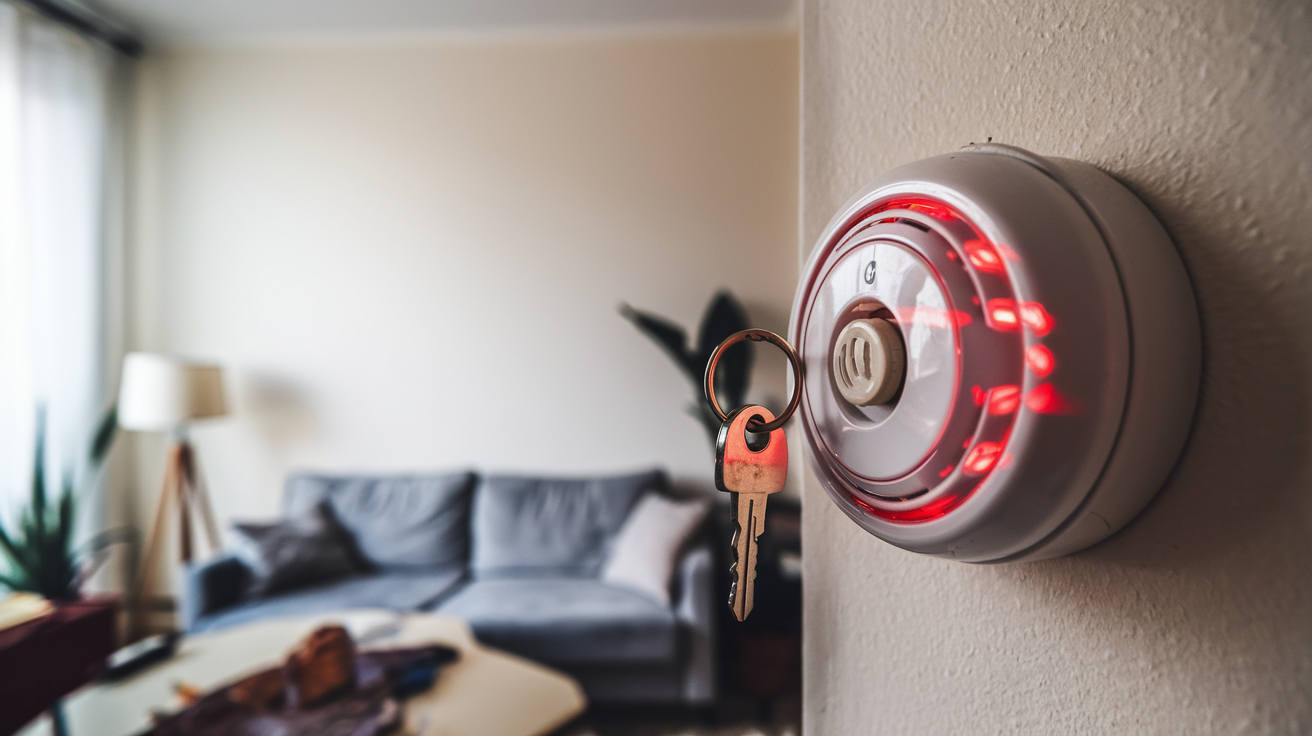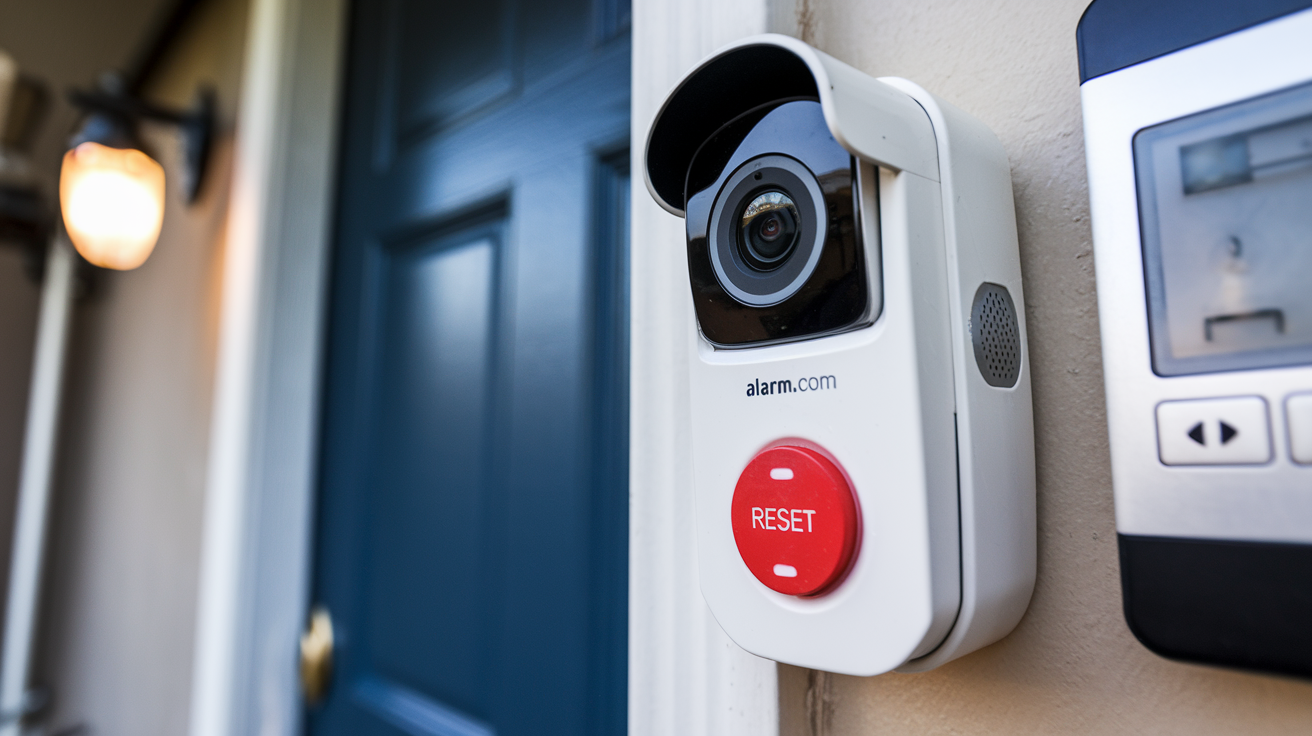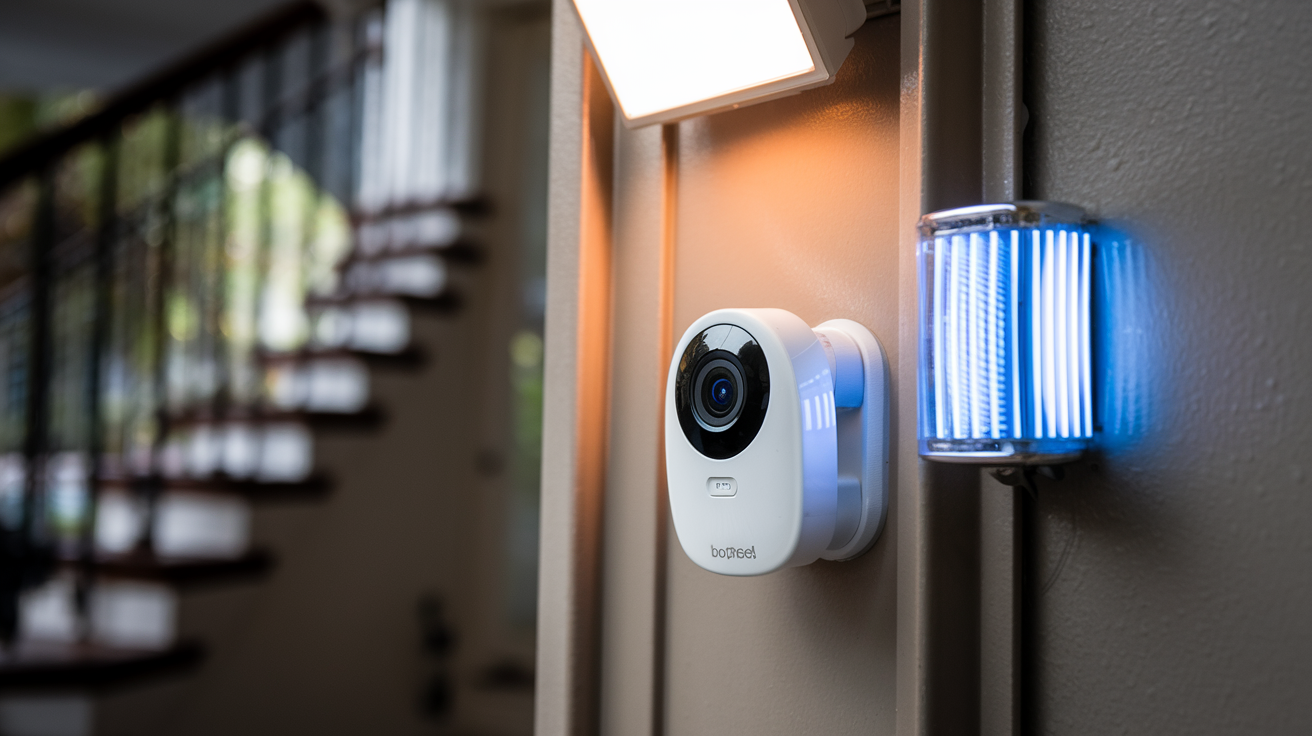Fire alarms that properly work should be installed at home to help the family in case of fire. But there could be times when you would require switching off your smoke detector alarm for a while if it is faulty or giving out false alarms. It is crucial to bear in mind your local fire code and the user manual of the specific models of your home fire alarms before you decide to take any action.
Testing and Maintaining Alarms
The best thing one could do is to ensure that all the smoke alarms are working properly by conducting routine tests at least once a month. Alarms should be tested monthly by pressing the test button which should make the alarm sound if functioning optimally. Ensure that everyone in your home is familiar with the sound of a smoke alarm and what needs to be done when it is heard. If alarms cannot sound during the monthly test or begin to make some intermittent beeping or chirping, then it will be good to replace the batteries in that alarm. Every smoke alarm must have its batteries replaced at least once a year. It is also important never to turn off an alarm without replacing batteries or solving other problems with it.
Nuisance and False Alarms
Often, smoke detectors may go off because of things that are not fires such as smoke from cooking food, steam from a bathroom, or even dust. If the alarms in your home or office are giving nuisance alarms there are usually measures that can be taken to avoid this without having to disable the alarm. If smoke alarms are placed near kitchens or bathrooms, move them further from the source or use photoelectric smoke alarms that are not as affected by cooking odors or steam. This means that you should install as many smoke alarms in your house as possible to enable the right placement. Maintenance measures to prevent this include ensuring that the exterior and the vents are cleaned gently using a vacuum cleaner to minimize false alarms. If relocating or cleaning an alarm does not work, one may have to replace the device with a better one.
Disabling and Enabling Alarms
If an alarm is going off frequently and cannot be fixed by the above steps, most smoke detectors have a disable button or switch that turns off the alarm while keeping the battery connected so the alarm can work again in the future when the switch is flipped back on. The instructions for disabling the device must be given in the user manual or on the website of the device manufacturer. Usually, there will be some form of switch, button, or wire connector that can be used to disarm the alarm. Always disable as few alarms as possible and do this only for the time required to solve the root cause of the issue. If the device is being serviced or replaced, it is crucial to reactivate the alarm as soon as possible to continue protecting the area from fire risks.
Emergency Disabling
Sometimes, a smoke detector can produce an uncontrolled alarm at night or when people are gone from home with no possibility of turning it off. If an alarm goes off and no one is home or during nighttime when people require sleep, noise laws permit disabling by simple methods including battery removal or disconnection from power as a final and temporary solution. Take caution to selectively disable only the problematic unit while keeping other alarms functional and never leave the home unsupervised at night without functional fire detection. As soon as possible, reset the alarm and ensure that batteries or power are fully restored where necessary. Consult a professional service provider for fixing or replacing the defective gadget. Batteries should never be removed or any protective device be disconnected without replacement, always ensure that they are replaced immediately to avoid the dangers.
Mounting and Connecting New Alarms
If you are placing new alarms where the old ones were located or adding extra protection to your home, make sure you have the correct quantity and kinds of smoke and carbon monoxide detectors to provide optimum protection that meets the current standards. Ionization smoke alarms with batteries are more effective in the long run than those with batteries only. Connect all the alarms in such a way that, when any of them is triggered, all the units are set to ring. This provides the earliest signals when a fire erupts in an area that is secluded in the home when people are sleeping. Consult local codes to get detailed information on the allowed installation locations, spacing, interconnectivity, and features depending on the room dimensions, ceiling height, layout, and number of floors for a complete fire alarm solution according to the layout of your home. When properly installed and maintained, interconnected smoke and carbon monoxide alarms of the proper types will last for many years as the critical, around-the-clock protection for the largest asset and the most valuable—the lives of your family.
Protect your home today with ADT’s top-rated security solutions!
Call now at +1 877-470-7879 to get a free consultation and find out how you can secure your home with the best in the business. Don’t wait—ensure your peace of mind with ADT!







